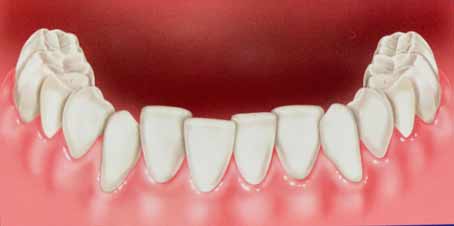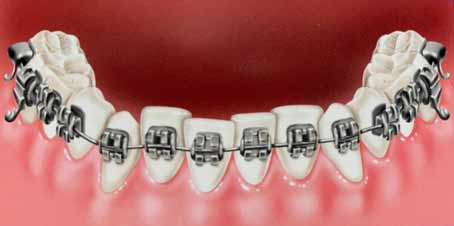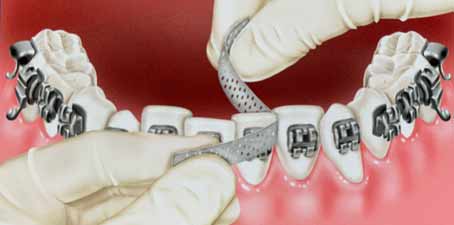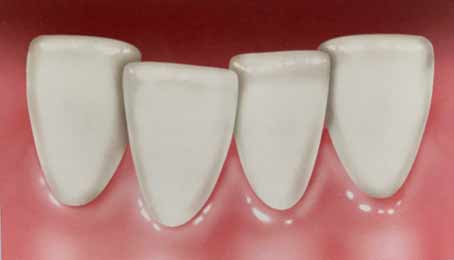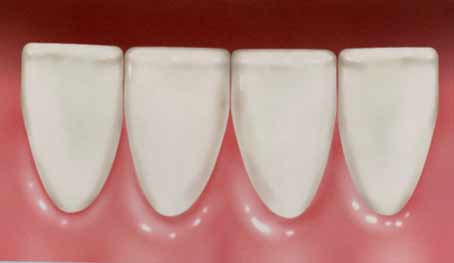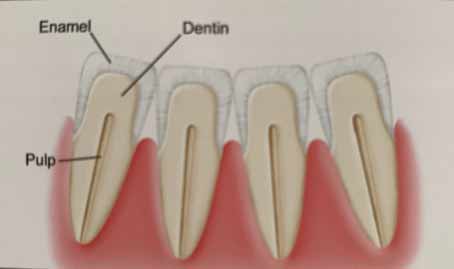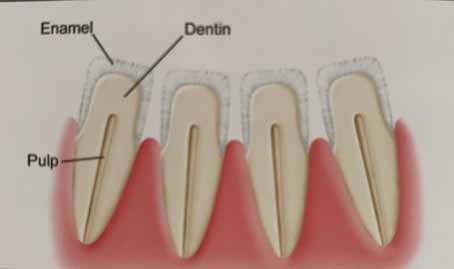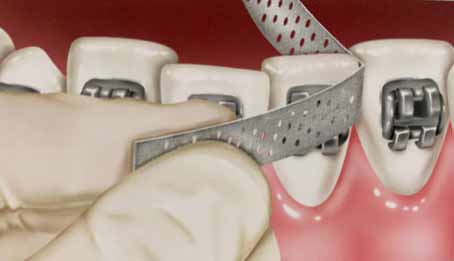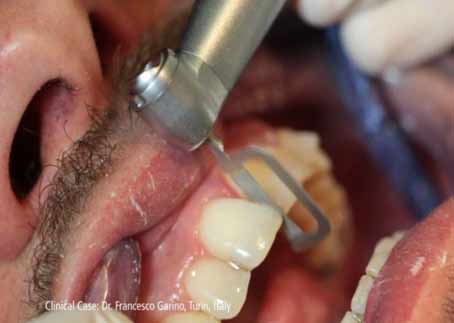Orthodontics
Interproximal Reduction - IPR
What is interproximal reduction? Tooth's interproximal reduction is a way to provide additional space for tooth alignment by removing the enamel, making teeth slightly smaller.
Whats is the purpose of interproximal reduction? Its objective is to correct mild or moderate crowding (lack of space in the dental arch), as well as to eliminate the natural disproportion of tooth size between the arches.
Studies carried out with patients undergoing interproximal reduction showed that the procedure did not make the teeth more susceptible to decay or predisposed to gum problems.
How does interproximal reduction works? The orthodontist identifies which teeth will be reduced out. Enamel is removed from each side of the teeth, in the region of contact between them. Enamel removal can be done manually or with the aid of dental instruments.
There are several dental instruments used to perform interproximal reduction: steel sandpaper, diamond tip mounted at high speed, faced sanding disc and tungsten drills.
The orthodontist carefully removes the amount of enamel needed, leaving just enough to maintain health. After removing the enamel, the orthodontist obtains the space necessary for the teeth to be well positioned, thus allowing for a more pleasant appearance. To define which teeth will be reduced, the orthodontist takes into account certain factors, such as the size and shape of the tooth, its position and alignment, and the shape of the face. Remember that the front teeth provide the foundation on which the lips rest and therefore their position has a significant influence on facial appearance. Fontes: American Association of Orthodontists (AAO) - Associação Brasileira de Ortodontia e Ortopedia Facial (ABOR) |

